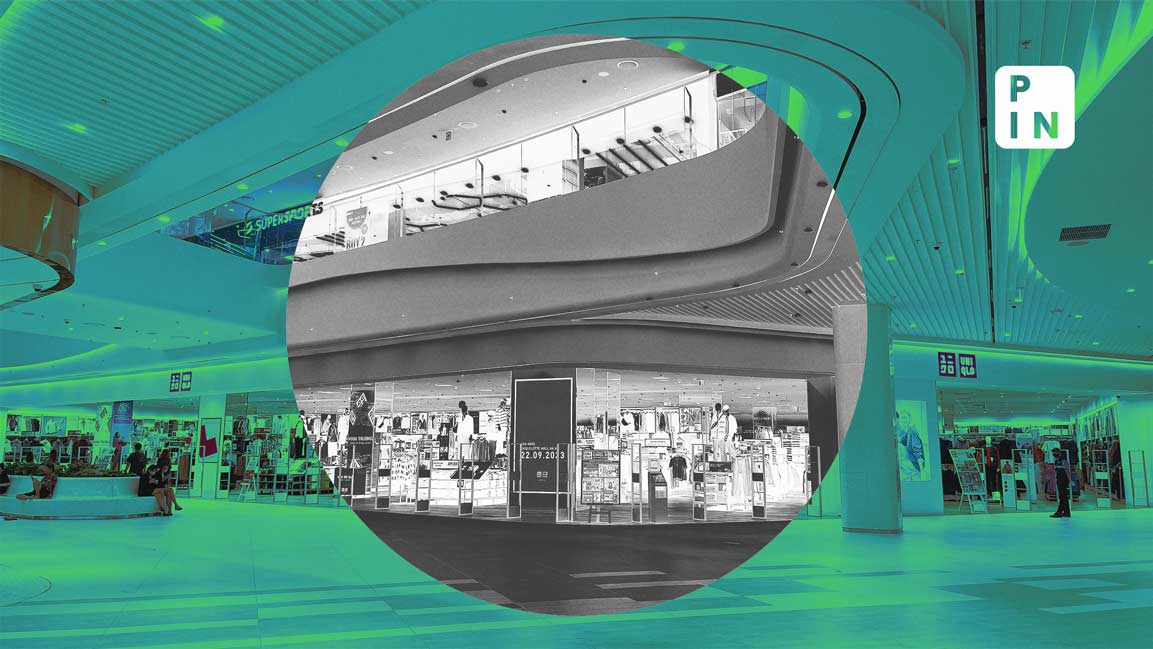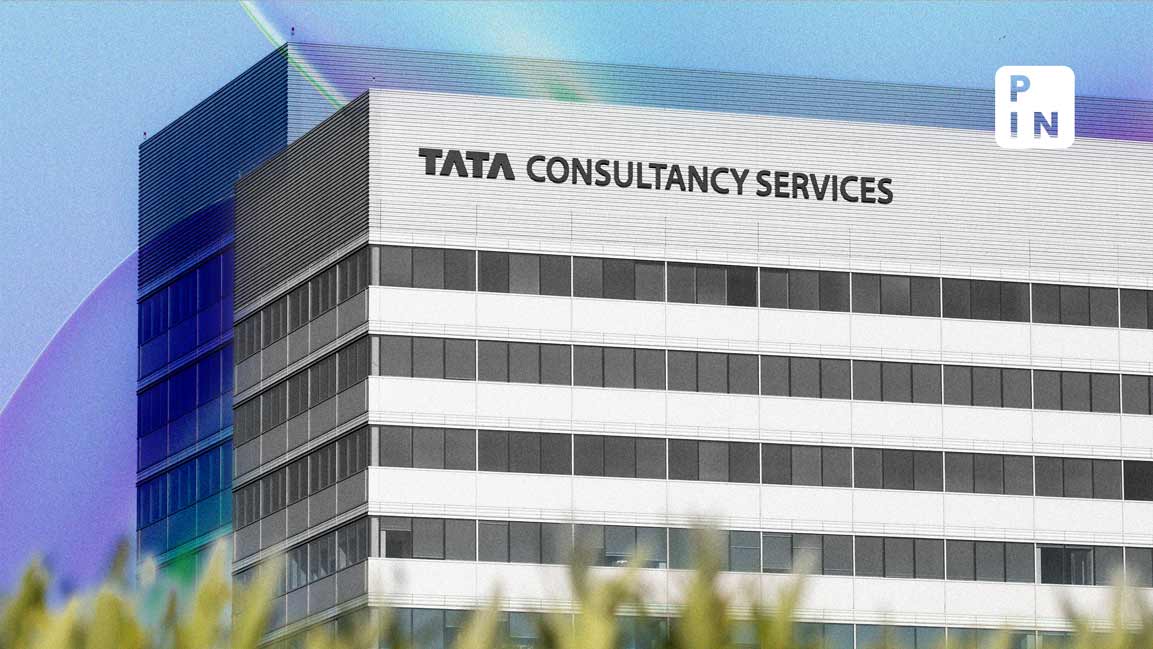- | 3:00 pm
Global retailers make a beeline but high-end malls in short supply
The development of quality retail spaces in India has lagged, with just 2.5 million sq. ft of high-end malls added annually over the last eight years

India’s relaxed foreign direct investment policies, rising incomes, improved infrastructure, and digitized payment systems are driving global retailers to India. However, the lack of high-end malls could hinder their expansion plans, according to a report by real estate consultancy Cushman and Wakefield.
Amid a steep rise in incomes and high-value spending over the last few years, India’s attractiveness to global retailers has increased. The country topped the list of 44 most appealing retail market to global investors, according to consultant AT Kearney’s Global Retail Development Index (GRDI) of 2023.
The country has consistently featured among GRDI’s top 2 most attractive retail destinations since 2016, with the report saying that the “urgency for global retailers to enter and expand” in India, as measured through the ‘Time Pressure index’ within GRDI, is “very high.”
India is a “dynamically expanding modern market” that has growing demand for global brands and premium products, especially in urban areas and some tier-I and IV markets. “But, looked at through another lens, the country–especially in terms of grocery retailing–still looks like a traditional market dominated by literally millions of small shopkeepers selling to a large consumer segment focused on value brands and price,” Kearney said in its report.
The India growth story has also started pushing overseas brands to reconsider their earlier exit decisions so that they can return to the scene of action. Among the global companies that are making their way back to India are French retail giant Carrefour and Ford Motor.
Despite these plans by global firms to enter India, retail space per capita remains below 1.0 in all major Indian cities, including Delhi-NCR and Mumbai, despite improvements, Cushman and Wakefield said in its report.
This figure is low compared to smaller Asian nations like Indonesia, the Philippines, Thailand, and Vietnam, where major cities boast significantly higher per capita retail space.
India had 61 million sq. ft of high-end malls by the end of 2023, spread across its top eight real estate markets but excluding older, outdated malls.
Delivery of new quality malls has been slower than expected, the report said, while highlighting that over the past eight years, only around 2.5 million sq. ft of Grade-A malls were built annually.
So, just 20 million sq. ft of top-tier malls popped up during this time, despite consumer demand consistently growing stronger during the same period, the report said.
India’s journey to a $5 trillion economy by 2027 promises robust growth in consumption-driven sectors such as retail, with per-capita gross domestic product expected to hit $4,000 by 2030, nearing the World Bank’s upper middle-income status.
However, the development of quality retail spaces has lagged, with just 2.5 million square feet of grade-A malls added annually over the last eight years.
For now, highstreets and office-retail complexes are meeting demand, with over 70 such complexes launched in recent years. Highstreets are seeing rental spikes beyond pre-covid levels. The outlook for private equity in retail real estate is optimistic, with more joint ventures expected between investors and developers in the years ahead, the report added.












